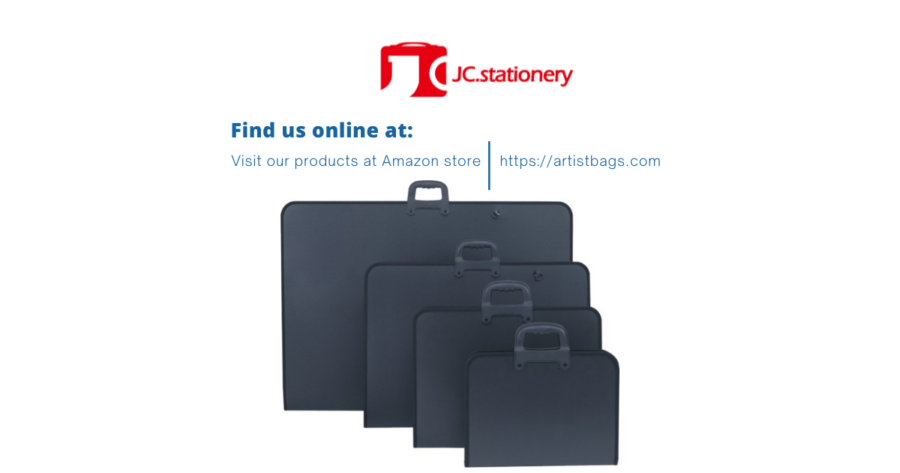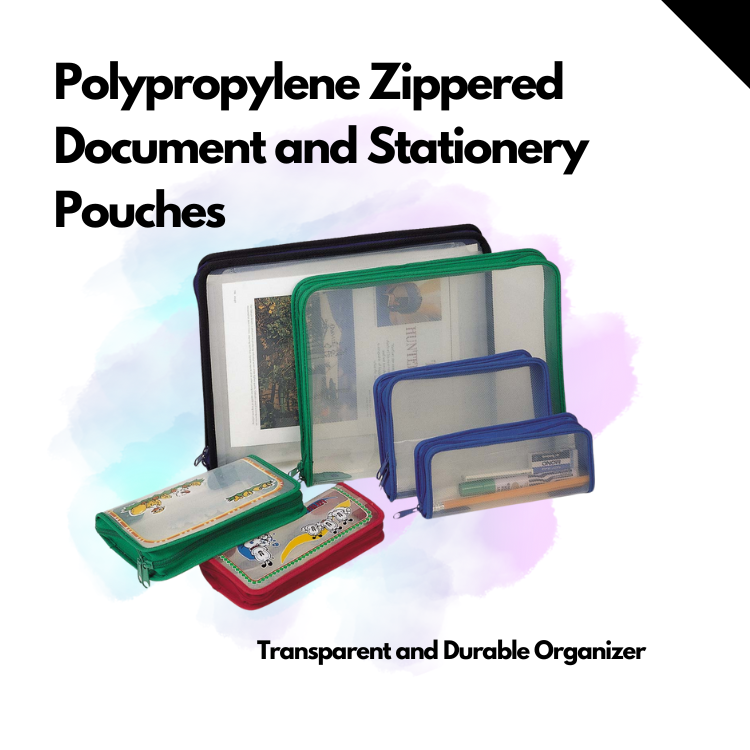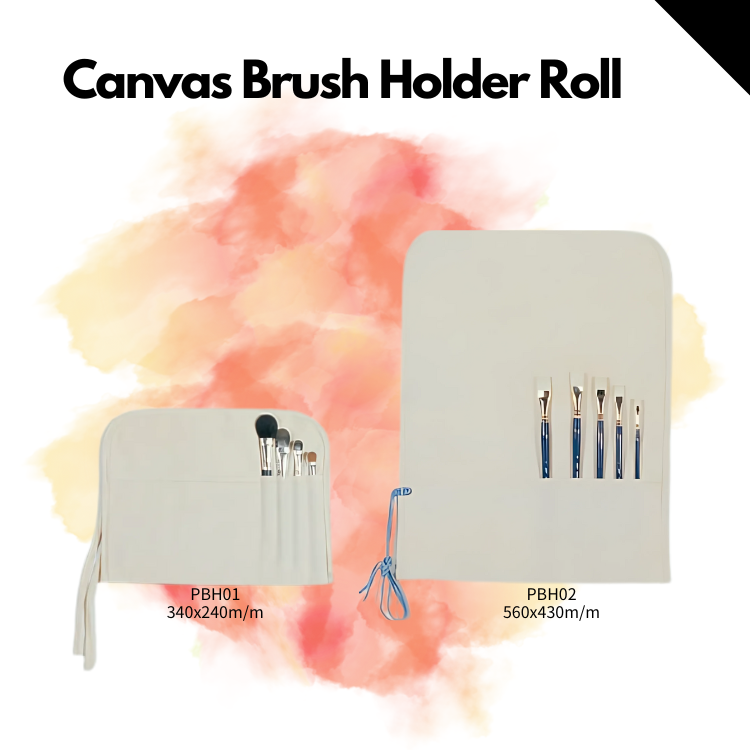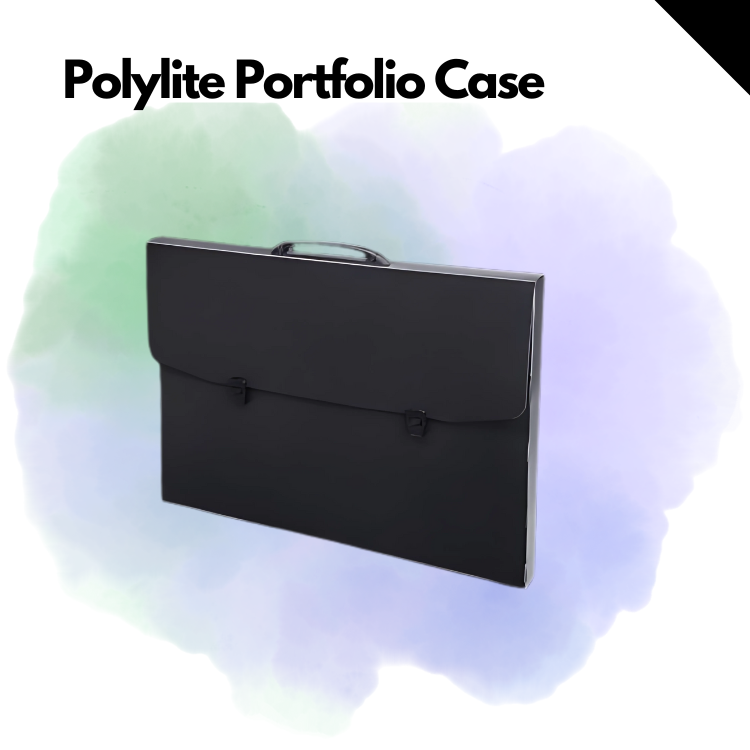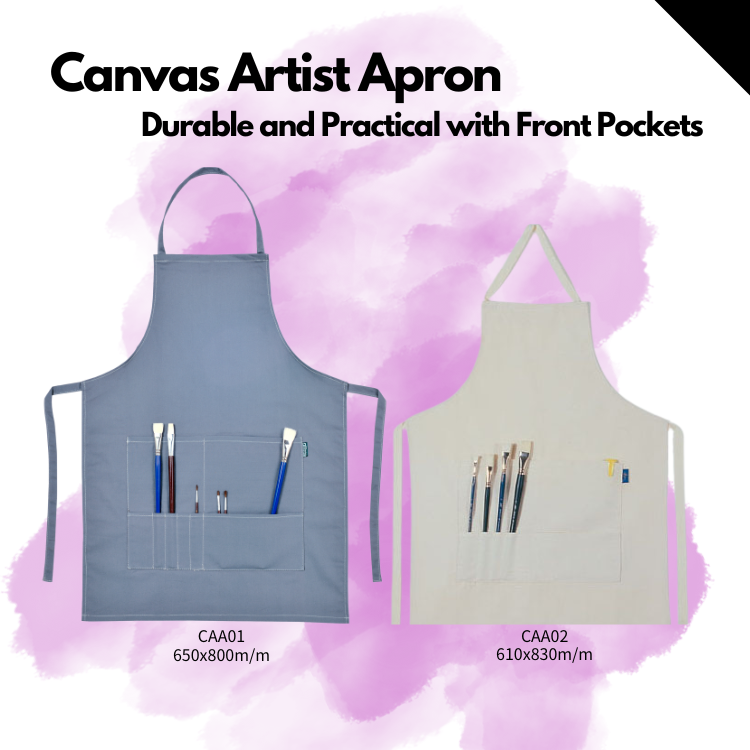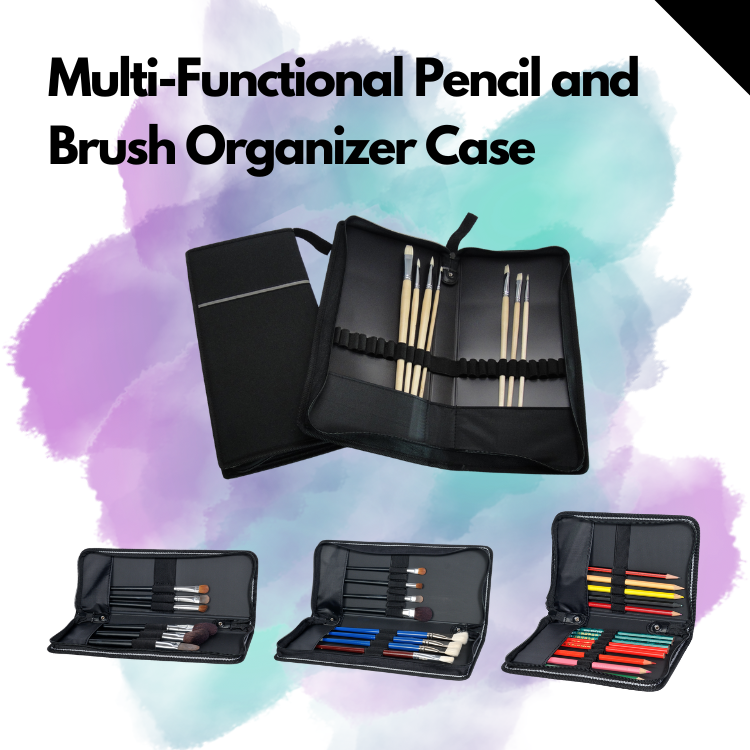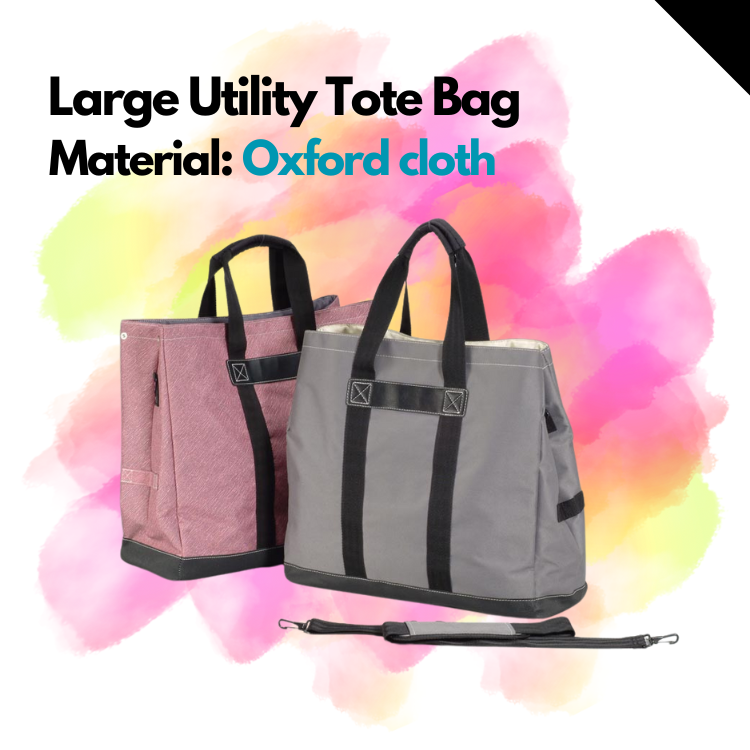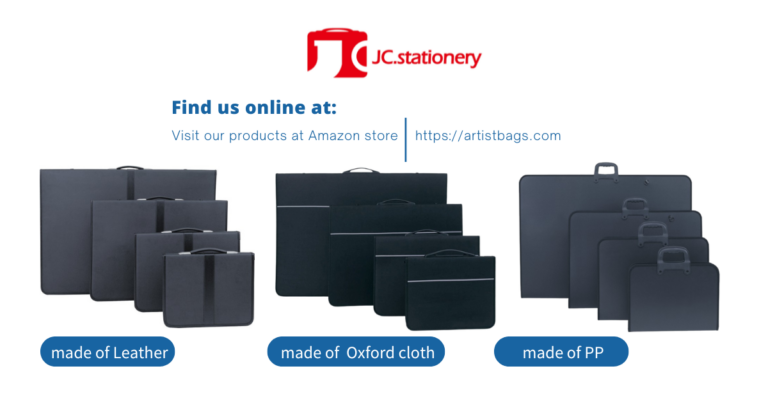內容目錄
ToggleWhen Did Drafting Bag Become Popular?
The popularity of Drafting Bags can be traced back to the mid-20th century, when the development of modern design and architecture led to an increasing demand for convenient ways to carry drawing tools among professional designers, architects, and artists. Specifically, the following periods and factors contributed to the rise of Drafting Bags:
- 1950-1960s: With the rise of modernist architecture and design, the need for professional drawing and design tools increased, leading to the popularization of Drafting Bags.
- 1970-1980s: Before the widespread adoption of computer-aided design (CAD) technology, hand-drawn designs were still mainstream, making Drafting Bags an essential tool for designers and architects in their daily work.
- 1990s to Present: Although the popularity of digital design tools has reduced the reliance on traditional drawing tools, Drafting Bags still hold a certain market share in the art and design professions, especially for professionals who need to carry physical sketches and design works.
The demand for these products primarily comes from architects, engineers, designers, and artists who need a convenient, durable, and versatile bag to protect and carry their work tools and materials.
What is a drafting bag and what is it used for?
1. Organization and Storage: Drafting bags often come with multiple compartments and pockets to organize and store various tools such as pencils, markers, rulers, compasses, and erasers. This helps keep everything in one place and easily accessible.
2. Protection: These bags are designed to protect delicate drawing tools and documents from damage. They are often made from durable materials and may be padded or reinforced to prevent bending, breaking, or water damage.
3. Portability: Drafting bags are designed to be portable and easy to carry. They often come with handles, shoulder straps, or backpack-style straps to make transportation convenient, whether you’re commuting to work, school, or a job site.
4. Versatility: While primarily used for carrying drafting supplies, these bags can also be used to transport other art materials, laptops, tablets, and personal items, making them versatile for various professional and academic needs.
What features should I look for in a good drafting bag?
When looking for a good drafting bag, consider the following features to ensure it meets your needs:
- Durability:
- Material: Choose a bag made from high-quality, durable materials like heavy-duty nylon, canvas, or leather.
- Reinforcement: Look for reinforced seams and sturdy zippers to withstand regular use.
- Protection:
- Padding: Ensure the bag has adequate padding to protect delicate tools and documents from damage.
- Water Resistance: A water-resistant or waterproof exterior can protect contents from the elements.
- Compartments and Organization:
- Multiple Pockets: A variety of pockets and compartments for organizing different tools and supplies.
- Dedicated Compartments: Specific slots or holders for items like pencils, markers, rulers, and drawing tablets.
- Size and Capacity:
- Appropriate Size: Ensure the bag is large enough to fit your drafting tools and documents, including oversized items like A3 or A2 sheets.
- Expandable Sections: Some bags have expandable compartments for additional storage space.
- Portability:
- Comfortable Straps: Look for adjustable, padded shoulder straps or handles for comfortable carrying.
- Lightweight: The bag should be lightweight when empty to avoid adding unnecessary weight.
- Versatility:
- Multi-Functionality: Some bags can double as regular backpacks or laptop bags, offering more versatility.
- Convertible Straps: Bags that can switch between backpack, shoulder, and hand-carry modes.
- Security:
- Secure Closures: Ensure zippers, buckles, and closures are secure to prevent items from falling out.
- Lockable Compartments: Some bags offer lockable compartments for added security.
- Design:
- Professional Appearance: A sleek and professional design can be important for work environments.
- Stylish Options: If aesthetics are important, look for bags that match your personal style.
By considering these features, you can find a drafting bag that not only meets your functional requirements but also suits your personal preferences and lifestyle.
How to choose the right size drafting bag for my needs?
Choosing the right size drafting bag involves considering your specific requirements and the types of items you need to carry. Here are some steps to help you make the best choice:
- Identify Your Needs:
- Primary Use: Determine the primary use of the bag. Are you carrying large drafting tools, smaller art supplies, or a combination of both?
- Type of Items: List the items you need to carry regularly, such as drawing boards, sketchbooks, laptops, tablets, rulers, and other tools.
- Measure Your Supplies:
- Dimensions: Measure the dimensions of your largest items, especially drawing boards or portfolios, to ensure they will fit comfortably in the bag.
- Thickness: Consider the thickness of your items, including stacks of paper or sketchbooks, to ensure the bag has enough depth.
- Consider Bag Dimensions:
- Internal vs. External Size: Check both the internal and external dimensions of the bag. The internal size is crucial for fitting your supplies, while the external size affects portability.
- Expandable Compartments: Some bags offer expandable compartments for additional capacity, which can be useful if your load varies.
- Check for Versatility:
- Multi-Use Functionality: If you plan to use the bag for different purposes (e.g., carrying a laptop and drafting tools), make sure it has versatile compartments.
- Adjustable Straps: Bags with adjustable or removable straps can offer flexibility in how you carry them.
- Portability and Comfort:
- Weight: Ensure the bag itself is not too heavy when empty, as this can add to the overall weight when filled.
- Ergonomics: Look for padded and adjustable shoulder straps or handles for comfortable carrying, especially if you need to transport the bag over long distances.
By following these steps and carefully assessing your specific requirements, you can choose the right size drafting bag that offers both functionality and convenience.
What materials are drafting bags commonly made from?
Drafting bags are commonly made from a variety of materials, each offering different levels of durability, protection, and aesthetic appeal. Here are the most common materials used in drafting bags:
- Nylon:
- Durability: Nylon is a strong, durable material that resists wear and tear.
- Water Resistance: Often treated to be water-resistant, protecting contents from moisture.
- Lightweight: Lightweight, making it easy to carry.
- Canvas:
- Sturdiness: Canvas is a heavy-duty material that provides excellent protection.
- Customizability: Can be dyed or printed in various colors and patterns.
- Water Resistance: Some canvas bags are treated with water-resistant coatings.
- Leather:
- Professional Appearance: Offers a sophisticated, professional look.
- Durability: Highly durable and long-lasting.
- Protection: Provides excellent protection for contents, though it can be heavier than other materials.
- Polypropylene:
- Affordability: Often more affordable than nylon or leather.
- Water Resistance: Can be treated to resist water.
- Variety: Available in a wide range of colors and styles.
When choosing a drafting bag, consider the specific requirements of your work environment and the level of protection needed for your tools and supplies. The material you choose should balance durability, weight, water resistance, and aesthetic preferences.

